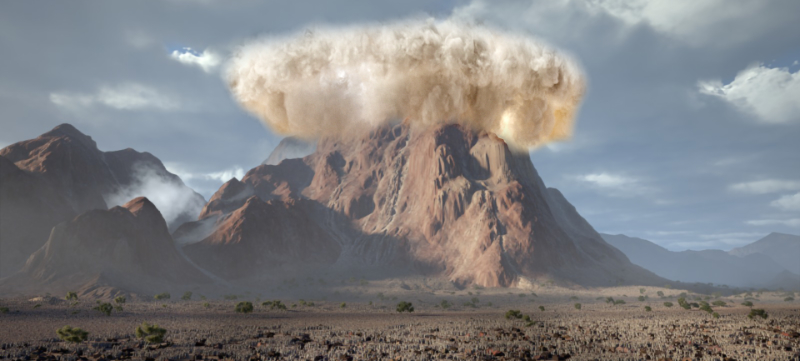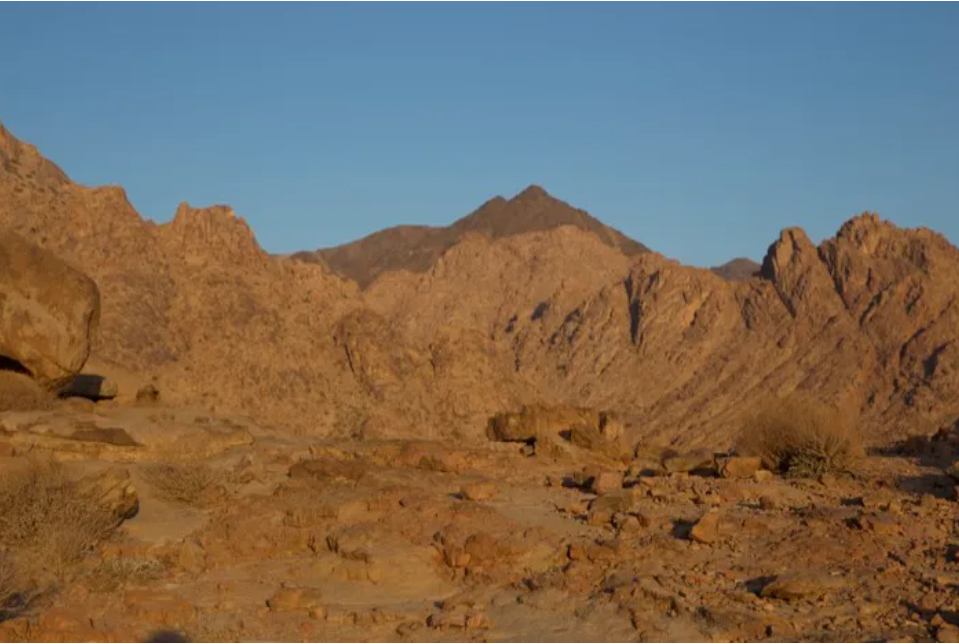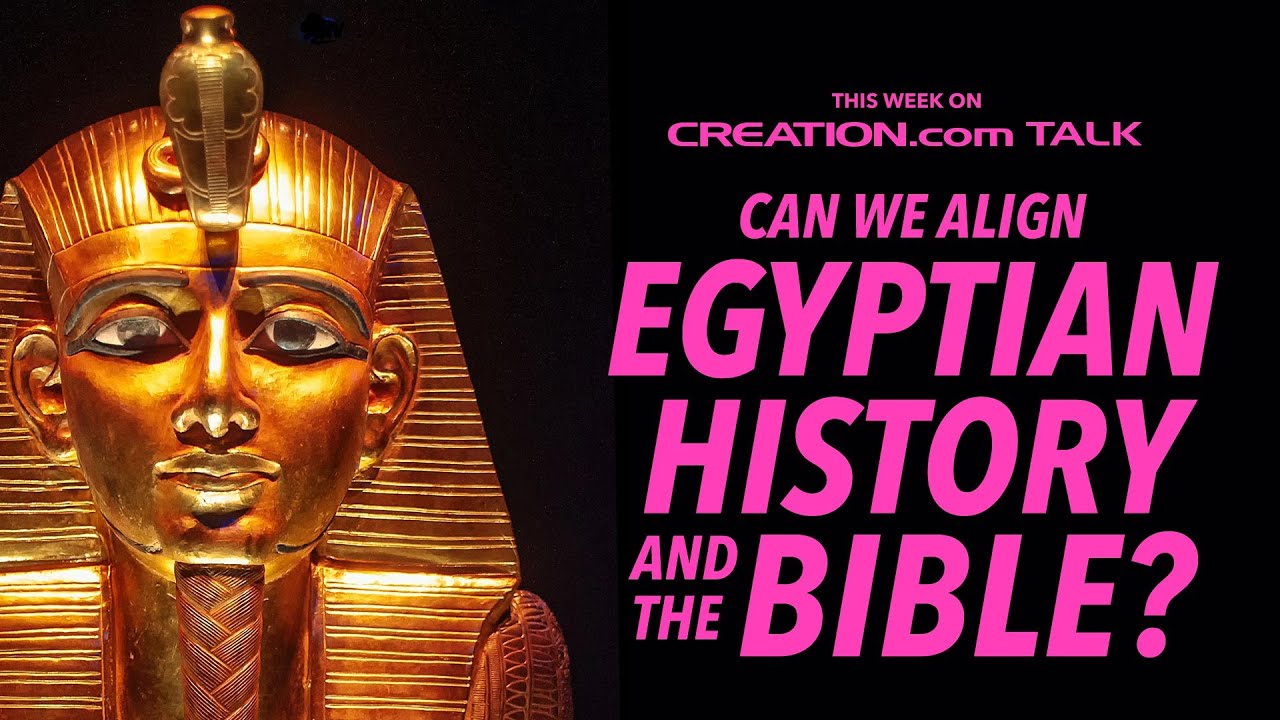Patterns Of Evidence, Episode 6: Journey to Mount Sinai Part II
Where is the location of biblical Mount Sinai?

Back in 2015, I became aware of filmmaker Tim Mahoney’s movie foray into the history of the Hebrews’ Exodus from Egypt. I was intrigued because the history and archaeology of the Hebrew sojourn in Egypt is a subject close to my heart. Subsequently, I favourably reviewed his first movie Patterns of Evidence: Exodus in which he looks for markers that would indicate the reality of a Hebrew occupation there. This is more difficult than one might think for a number of reasons. It was and is unthinkable that the pharaoh ‘god-kings’ of Egypt would ever record anything on their tombs and shrines that left information about a foreign God and His smiting of the ‘blessed’ Egyptian land, humiliating their own gods and their earthly representative, pharaoh.
In Egyptian chronology and the Bible—framing the issues, I also explained how the ancient Egyptians played fast and loose with other areas of history, turning defeats into victories and so on. Although they left behind more historical artefacts than any other ancient culture, the incredible hieroglyphic reliefs are mostly works of propaganda to ensure that the entwined religious, political, and economic system remained in place. This was always to extoll the pharaohs and priests whose relationships were mutually beneficial.
There are now six movies in the Patterns of Evidence series of documentaries.
Tim’s second film, The Moses Controversy, dealt with the origins of the Hebrew language/alphabet (proto-Hebrew out of Egypt) and the Mosaic authorship of the Pentateuch.
Episodes 3 and 4 looked at evidence for the site of the Red or ‘reed’ Sea (Hebrew yam suph) miracle crossing point. Episode 5, in a similar fashion, looked at three possible locations for the biblical Mount Sinai. And the latest film, Journey to Mount Sinai, Part II (episode 6 in the series) looks at a further three locations. My brief review follows.
A personal journey to Mount Sinai

I have gotten to know Tim over the years, and I have empathized with his own personal journey which is interwoven into his films. He mentions his own crisis of faith, when scientists, archaeologists, and the unchristian world we live in scream that the Bible’s history is just a collection of myths and fables. Of course, this is an area right within our own ministry’s ballpark. His films represent an honest and candid investigation to see if the Bible’s account of the Exodus and the Hebrews’ subsequent travels are accurate and can be supported by any physical evidence—notwithstanding that this history involved many fantastic supernatural interventions by the Creator God. This fact is readily discussed in these films.
In presenting other views, I found these films to be scrupulously fair. Several experts are interviewed including those who believe that these supernatural events can be explained by naturalistic events. He describes these witnesses as holding an ‘Egyptian view’. While those who believe exactly what the Bible is saying and that God acted supernaturally, he describes as holding a ‘Hebrew view’. There are some that believe that God superintended some form of naturalistic event. These are described as holding a ‘Hybrid view’.
In the Red Sea crossing movies and the Mount Sinai movies, it became increasingly clear what a hugely difficult task it is in trying to find the actual locations for events that occurred almost 3,500 years ago.
- One can readily see the names of locations today that seem to fit with the Bible. After all, today there is a Mount Sinai in the southern Sinai Peninsula with a monastery at its base to recognize a belief that the mountain is the biblical location. And also in the same peninsula there are two mountains that phonetically sound like Horeb and Sinai. On the Saudi Arabian side of the Gulf of Aqaba there is an area called Midian. But this does not mean that these assigned names can be traced all the way back to the original locations in antiquity. Arabic, Jewish, and Christian migrants all believe in the Old Testament and have all been fond of renaming places based upon history. For example, in the US alone, there are hundreds of towns named after biblical places, such as Bethel, Hiram, Bethlehem, Goshen, Jericho, Canaan, Hebron, and so on.
- Patterns of Evidence (PoE) also looks at the geography and environment that the Bible describes for such locations, including the detailed stopping places for the Hebrews during their journey. This is also a difficult task. In one of the episodes an ancient map was shown that revealed more water courses and rivers than exist today. This is also relevant from a creationist perspective. Noah’s Flood occurred c. 2,450 BC and the Exodus in c. 1,446 BC. Within a few hundred years of the Flood came the one and only Ice Age. This probably lasted a few hundred years, and it greatly affected the climate in the Middle East by making the area much cooler and wetter than it is today. Even secular scientists readily admit that the Sahara, for example, was much wetter. See The lush green Sahara and Well-watered deserts. And many locations featured in the movie showed evidence of dry riverbeds and water courses that don’t run today. The fact that water in streams and springs might not exist in a location today does not mean that they never existed, of course.
- PoE then also looks for archaeological evidence of occupation. Rock glyphs, the split rock that Moses struck which poured forth water, or a possible altar of uncut stones that was used for animal sacrifice. This is also a difficult criterion as some locations that seem to fit the bill are readily discounted by some experts as being pre or post Exodus in terms of their timeframes. But on what basis they presumed their dates was never discussed. At CMI we know how stretchy archaeological dates can be in many cases!
In this last episode, many of these difficulties were also openly discussed.

Other considerations
Other aspects were considered to either qualify or to discount potential sites. Consideration of how many miles the Hebrew caravan could have travelled in a day was discussed. Some proposed Mount Sinai sites might be too close to the departure point of Pi-Ramses, meaning they would have only covered 3 miles per day. Some too far requiring 20+ miles per day and so on. Some of the experts interviewed came up with special pleading ideas such as that there were extended stops along the way due to mass circumcisions taking place and that the men needed time to recover. Of course, such ‘layovers’ are not mentioned in the biblical narrative, but not precluded either.
Also, were any of the sites large enough for an encampment of possibly two million people? Such a large estimate of the number of people who left Egypt depends greatly on the meaning of the Hebrew word elef, which is a debated issue amongst scholars. An earlier PoE film did discuss the issue.
Lots of information
I appreciate that PoE does first and foremost look to the Bible for information and clues. One of the outstanding points made is that the Bible is very detailed in its description of the Hebrews’ journey to Sinai. So, PoE is not just looking at a few scant clues on which to draw from. And the film also highlighted New Testament references about the Exodus event which provide even greater insight.

One does not want to go into details about each of the sites, as it would provide spoilers. But suffice to say that the movies, and particularly this last one in this series, are beautifully faith-affirming and encouraging. PoE ultimately provides a range of views and even a scorecard to use so the viewer can judge for themselves the plusses and minuses of each site.
While we might not agree with the views of many of the interviewees, the fact that many genuine researchers disagree demonstrates how difficult this task is. Therefore, we feel it is ok to have different views on the locations of the Red Sea Crossing and the Mount Sinai site without being too dogmatic. This is simply because it is one area that is hard to know for sure. We all have our favourites and, at the end, Tim does reveal his preferred location.
But I particularly liked Tim’s closing of the film. While we may never know this side of eternity where these actual sites are, it was continually pointed out why these events in history are vitally important for Christian theology. Because, if they never took place, the Exodus and the subsequent tribes of Israel—from which One would come to take away the sin of the world—are all based upon myth.
Tim speaks about his failings, his good times, and his dark times—something I (and all of us) can relate to. But through it all, just like the nation of Israel, this incredible Creator God of history sustained and looked after those who worshipped Him. If history can teach us anything, it is the realization that this same God still exists today.
“The LORD has established his throne in the heavens, and his kingdom rules over all” (Psalm 103:19).
If you have not watched any of the Patterns of Evidence films, CMI highly recommends them. The movies in the series are available as DVDs, in Blu-ray also, and you have various streaming directly from our webstore. Just follow the product links on the right.









Readers’ comments
Comments are automatically closed 14 days after publication.